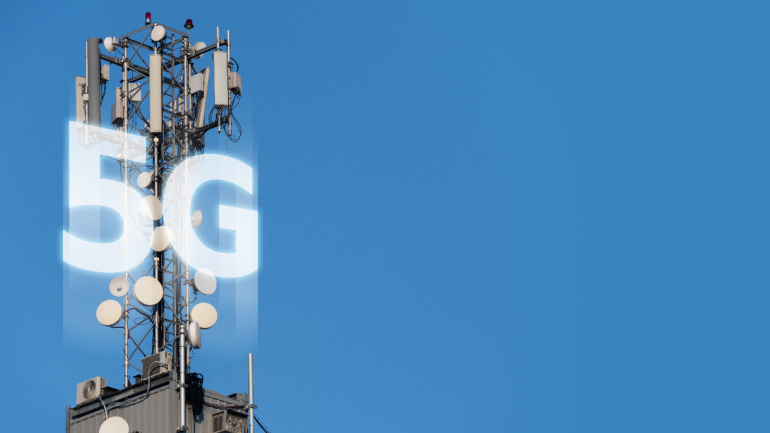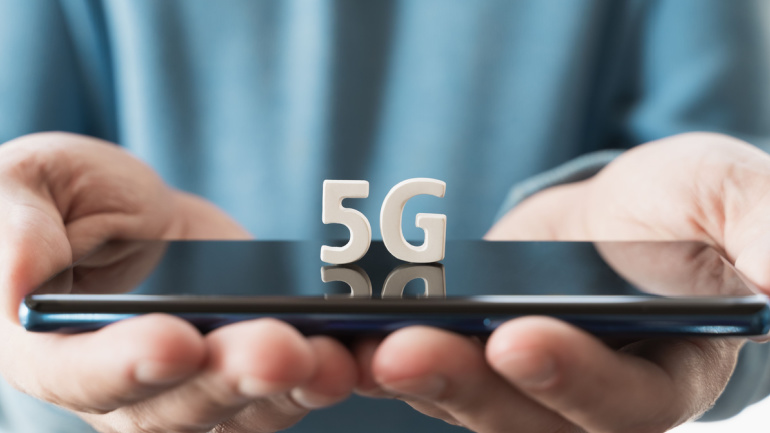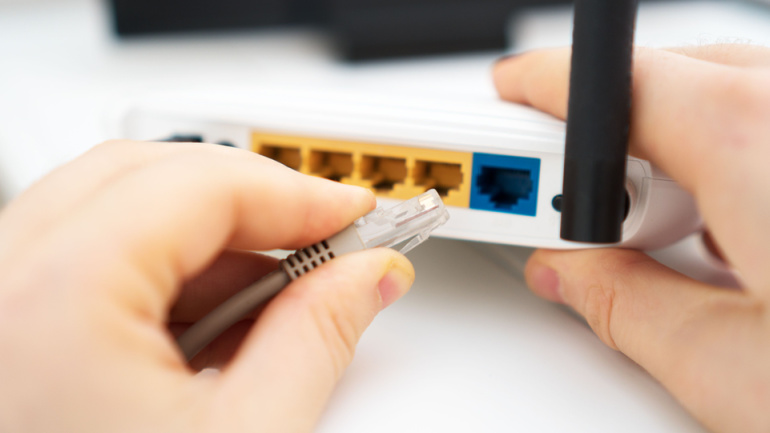In a significant move to bridge the digital divide, Colorado is investing $113 million from its Capital Projects Fund (CPF) in 27 broadband projects. These initiatives aim to connect nearly 19,000 homes and businesses, underscoring the state’s commitment to improving internet access.
In the third quarter of 2023, Ookla Speedtest Intelligence data reveals a robust global uptrend in fixed network speeds. The median download speed for fixed networks worldwide reached an impressive 83.95 Mbps, marking a substantial 19% increase from 70.3 Mbps in the same quarter of 2022.
In a recent move, the Federal Communications Commission (FCC) has chosen to prolong the waiver exempting broadband providers from the requirement of having their broadband data collection (BDC) filings certified by professional engineers. This decision has sparked a mixed reaction within the telecommunications industry.
As Algar Telecom turns 70, the prominent Brazilian ISP continues to seize market share amidst 10,000 competitors. Serving 1.5 million customers across Brazil, they masterfully intertwine fiber broadband, wireless, and content services, satisfying the divergent needs of B2B and B2C consumers. The strategic blend of high-tech infrastructure and seamless customer experience propels Algar’s journey, pivoting on the indomitable broadband, termed as the “cardinal element”. Additionally, foreseeing the potential of the imminent 5G rollout, Algar’s game plan involves marrying fixed-line connectivity with wireless services, laying a robust groundwork for the future.
As 5G Fixed Wireless Access (FWA) evolves with its next phase, 5G Advanced, worldwide research indicates growth and potential for higher speeds and reduced latency. The Middle East currently showcases impressive progress with over 1.6 million 5G FWA users. Yet, debates exist over its future, exploring whether 5G FWA will remain an affordable alternative to fixed broadband or tap into its speed for new applications. Moreover, cost is a concern for Customer Premises Equipment (CPE) devices, considered a current hurdle in advancing 5G FWA.
The FCC plans to reassess the current broadband state in the U.S, looking to upgrade from the outdated 25/3 Mbps standard and set long-term gigabit speed goals. This broad evaluation, reinforced by recent Congressional directives, seeks to uncover inequities in affordability, availability, and adoption of broadband nationwide. With the new Broadband Data Collection, the commission gains greater insight into specific regional broadband accessibility, helping shape the future of telecommunications in the country. Additional industry developments highlight the continued evolution of this crucial sector.
In a robust move, Nokia is set to enhance 5G Fixed Wireless Access (FWA) with the unveiling of FastMile, two innovative solutions aimed at boosting indoor and outdoor coverage. This stride could revolutionize the industry, especially when considering wall attenuation effects on network capacity. FastMile’s outdoor solution cleverly sidesteps signal loss due to wall materials, while an intuitive mobile app assists users in determining the best placement for their receivers—shaping a route towards an optimal user experience in telecommunications.
In a game-changing move, Voneus aligns with Broadway Partners, Cadence Networks, and SWS Broadband, facilitated by Macquarie Capital, IIF, and Tiger Infrastructure Partners, alongside a hefty £250 million investment. Known for boosting superfast broadband in underserved UK rural areas, Voneus’ ambitious scope partnered with Project Gigabit has proven an investment magnet. Phantom impacts of this colossal merger are yet to unfold, but Voneus sets its sights on servicing 350,000 premises across the UK in a dynamic shift in the telecommunications sector.
In the short span since 5G’s inception, one of its most successful applications surprisingly isn’t smartphones, but Fixed Wireless Access (FWA) enhancing home broadband services. Currently dominating 90% of new US broadband subscriptions, this trend sparks intriguing implications. Yet, fiber broadband’s speed and dependability present a formidable challenge, set to increasingly permeate the market aided by ample public funding. Meanwhile, FWA’s flexible and user-friendly nature makes it a robust contender, particularly in areas where fiber is not feasible.
The uptake of fixed wireless access technology in the US is surging, especially with T-Mobile US and Verizon driving this trend. These telecom behemoths could potentially outstrip their predicted subscriber figures, as suggested by recent data. Both companies registered almost 900,000 customer net additions to their 5G-based fixed wireless services in just the second quarter.













